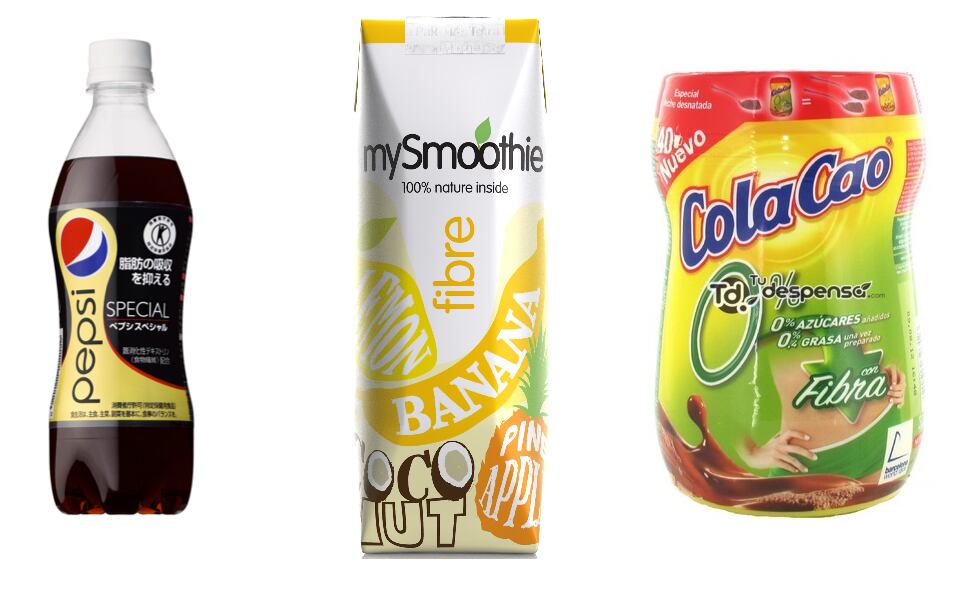Fibre is rising. While the use of ‘high fibre’ claims on pack seems to be growing in general, the way industry is using fibre – and the type of products it appears in – may also be changing.
As consumers begin to put growing importance on the ingredient, so manufacturers are beginning to look for innovative new ways to bring the benefits of fibre to a wider audience.
Market data from Mintel suggests that on pack claims for ‘added fibre’ or ‘high fibre’ are already becoming a staple of the food industry; however the use of prebiotic dietary fibres in food and drink products “is still a relatively nascent market, but growing rapidly,” according to market data from RTS Resource.
Diversifying?
According to Laura-Daisy Jones, global food science analyst at Mintel, the bakery sector still accounts for the majority of products with fibre claims, where such claims have remained constant at around 25% over the past 5 years.
However, Jones revealed that snacks are the category that is developing the fastest, with 6% growth between 2008 and 2012, adding that snack cereals and energy bars are the subcategory that has seen the greatest proportion of growth in claims, “at 8% in 2012, although slightly down from 9% in 2008.”
Mintel data also reveals strong growth in the use of fibre claims on fruit and nut snack products – such as freeze-dried fruit snacks and ready to eat nuts.

Meanwhile, RTS Resource told us that the way in which fibre claims are made could be helping to drive a change in where fibres are appearing.
“In terms of trends for dietary fibre we are seeing a shift away from satiety and appetite suppression towards digestive health,” said Miranda White of RTS.
“The recent launch of PepsiCo’s Pepsi Special marks an interesting new potential trend for targeting the absorption of fat into the body,” she added, noting that it would be “interesting to see whether this is a lasting trend, or if it will go the same way as satiety products, such as Danone’s ill-fated ‘Feel Fuller For Longer’ yoghurts which failed to capture consumer interest.”
Beverage revolution?
White also noted the launch of several drinks that have been supported by high fibre claims in recent years, including dextrin containing Pepsi Special in Japan, mySmoothie Fibre Drink in Sweden, and Cola Cao Fibra – an instant hot chocolate powder drink from Spain that has recently added a variant with added cocoa fibre.

Is bread dead?
Jones said recent US data has shown that 81% of consumers recognise fibre is important for maintaining good digestive health; however 25% also agree with the statement that foods with added fiber usually have an unpleasant taste.
Is beverage the new bakery? Maybe not, say the experts, with both RTS and Mintel suggesting that while other sectors are starting to utilise fibre claims, the core of high fibre products will remain in bakery, bread, and cereal products.
“When asked ‘How do you manage your digestive health’ in regards to added fibre, 37% of consumers say they make a point to eat foods that have added fibre and only 6% make a point to drink beverages that have added fibre,” Jones added.
Speaking solely of fibre claims involving the term ‘prebiotic’ Jamie Rice, director of RTS Resource, told us that ‘as is to be expected’ the product categories of breakfast cereals and bars and yoghurt are the largest users.
However, just as has been seen in claims for ‘high fibre’ or ‘added fibre’ Rice noted there has been “significant growth in usage in the categories of milk drinks, energy and other soft drinks and juices and nectars.”
